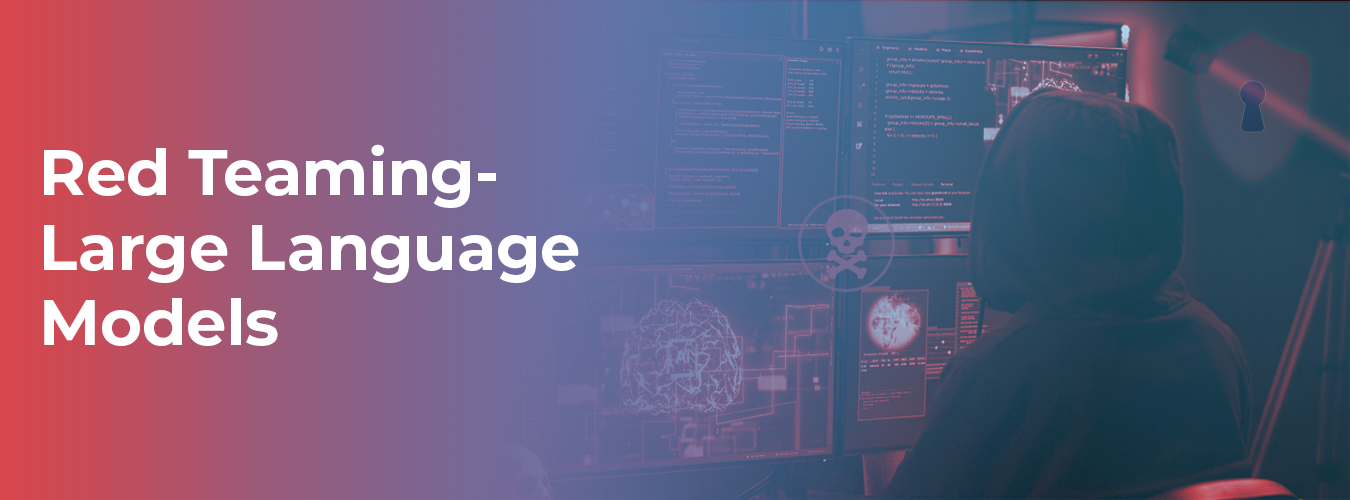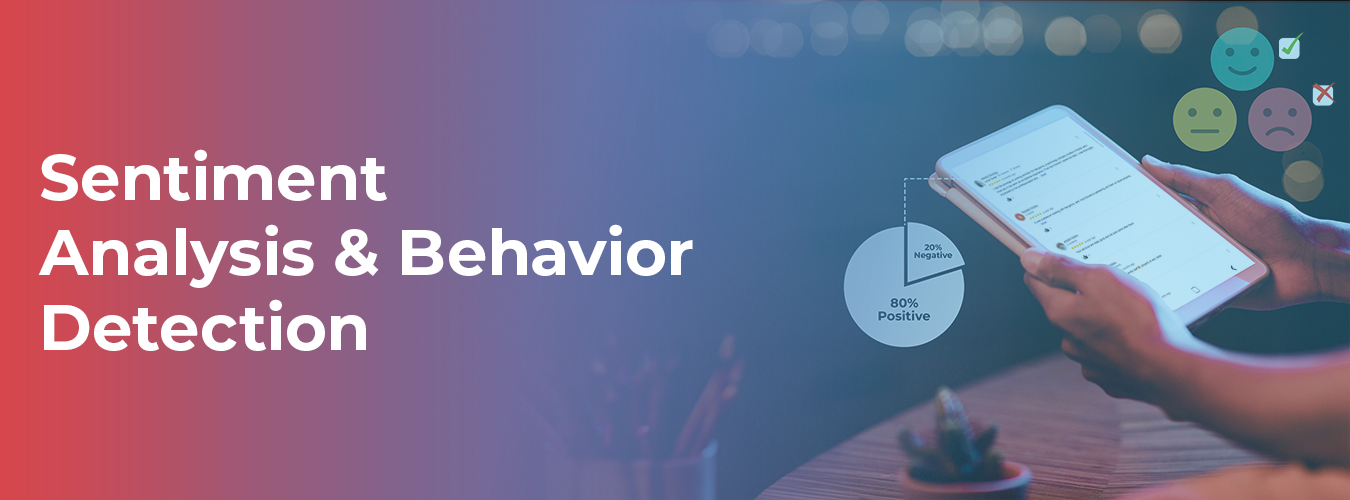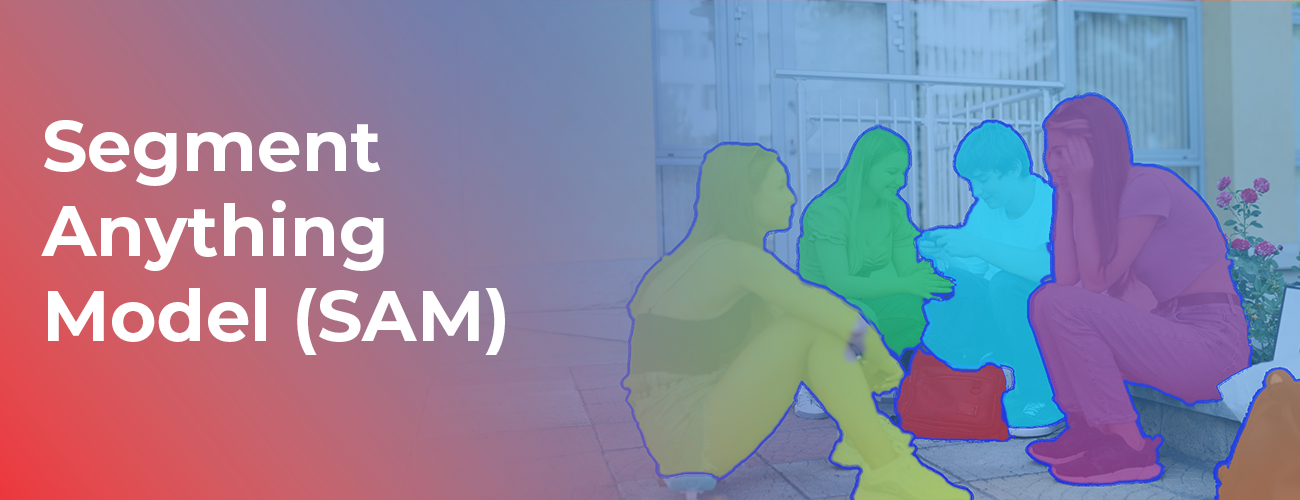In recent years, large language models (LLM) and learning techniques have advanced in artificial intelligence (AI). They have completely changed how robots interpret and produce human language. The two main drivers of this progress are the augmentation of Reinforcement Learning from Human Feedback (RLHF) and LLM. Read the blog below to explore these concepts in detail. Know their benefits, applications, their benefits when executed together, and much more.
Understanding Large Language Models (LLM)
It represents a revolutionary approach to processing natural language. These models are often made on deep learning architectures and fueled by vast datasets. Thus, they actively learn and generate text like human writing. OpenAI’s GPT-3 (Generative Pre-trained Transformer 3) and BERT (Bidirectional Encoder Representations from Transformers) are typical examples of LLM. LLM training data is Proficient in sentiment analysis, content creation, and language translation tasks. LLMs prove their efficacy across a diverse spectrum of AI applications.
Reinforcement Learning from Human Feedback (RLHF)
A powerful machine learning (ML) technique called reinforcement learning (RL) teaches a machine to make decisions by interacting with its surroundings. Additionally, it goes one step further by introducing human feedback into the learning process. This augmentation involves using human testers’ comments and conventional reinforcement learning to train AI models. It also improves the model’s performance using human insight, making it more sensitive and adaptable to real-world situations.
Benefits of Large Language Models

The applications of LLMs are numerous; for example, virtual assistant chatbots, GPT-3 model, Google BardAI, etc. Let’s highlight some key benefits of LLMs.
- Increased Productivity: With its wide application across various sectors, LLM training data is beneficial in improving their users’ productivity and efficiency. Accurately understanding what is inputted and giving out the right results in a few minutes makes them reliable.
- Ability to keep evolving: This is the reason why LLMs are so popular at the moment. Since the world runs on data and ML is also improving, large language models will continually update their current information to recent ones. And by doing this, their accuracy level will also increase.
- Wide range of Applications: As mentioned earlier, LLM training data are used almost everywhere worldwide. They help with language translation and writing codes, blogs, and articles. Furthermore, they also help give insights into business data with their ability to process vast datasets.
- Enhanced Performance: It elevates AI capabilities through state-of-the-art language understanding, LLM training data, and learning.
- Efficiency: LLM training data can streamline workflows, reduce development time, and enhance learning through human feedback.
- Improved User Interaction: LLM training data can deliver personalized and engaging experiences with more accurate responses.
Use case scenarios for LLM and RLHF
LLM use cases
Because of their versatility, language models such as ChatGPT have found wide-ranging applications in several industries. The following are a few everyday use cases:
- Customer Support and Chatbots
Using chatbots with AI for customer support, query management, information provision, and practical problem-solving using high-quality LLM training data.
- Content Generation
LLM training data can be used for developing marketing content, blogs, product descriptions, and articles at a large scale without affecting consistency and quality.
- Personalized Recommendations
Depending on user behavior and preferences, it offers tailored suggestions for news, streaming media, and e-commerce platforms.
- Language Translation
Promoting multilingual communication by providing precise and appropriate translations for the target context.
- Text Summarization
LLM training data can extract essential information quickly and effectively by summarizing lengthy documents, articles, or reports.
- Virtual Assistants
Providing virtual assistants with task automation, information retrieval, scheduling, and reminders.
- Education and Training
Providing study materials, facilitating instructional content creation, and improving personalized learning experiences.
- Healthcare Support
LLM training data helped with patient inquiries, kept medical records, and offered general health information.
- Code Generation and Assistance
LLM training data helps developers write code snippets, provide documentation, and aid in debugging processes.
- Legal and Compliance
Helping with contract analysis, compliance inspections, and the analysis of legal documents.
These applications show how language models such as ChatGPT are flexible and helpful in various industries and how they may improve productivity, efficiency, and user experience.
Reinforcement Learning for Human Feedback (RLHF) Use Cases

Reinforcement Learning for Human Feedback (RLHF) can significantly enhance the mentioned use cases where direct human interaction and feedback are crucial for improving AI systems. Here are some scenarios where it can be effectively utilized:
- Chatbots and Customer Support
RLHF can enhance chatbot interactions and ensure more precise and contextually relevant answers to client inquiries by learning from real-time human feedback.
- Content Generation and Refinement
RLHF uses human input to enhance the output’s accuracy, relevance, and coherence whenever human editing is necessary.
- Personalized Recommendations
Recommendation systems can be refined to deliver more precise and tailored choices by considering user behaviors and preferences.
- Virtual Assistants
Using information from human interaction to build more capable and helpful virtual assistants, thereby improving the user experience.
- Education and Training
Improving educational content by integrating feedback from students or educators. It also improves the relevance and effectiveness of generated materials.
- Code Generation and Assistance
Integrating user input improves code generation and ensures that the resultant code is precise, effective, and in line with developer preferences.
In these situations, RLHF uses direct human interaction to support AI systems’ ongoing learning and development, making them more sensitive and adaptive to user preferences and demands.
Benefits of Partnership of LLM and RLHF
One of the exciting developments in AI is the integration of LLM and RLHF techniques. This collaboration aims to address biases, fine-tuning, and adaptability challenges. With their contextual understanding, LLMs can enjoy RLHF augmentation to refine their responses based on human input. This collaboration enhances the model’s ability to learn from specific feedback, improving its precision and relevance in diverse applications.
Applications Across Industries
The combined power of LLM and RLHF finds applications across various industries. LLM training data and Reinforcement Learning for Human Feedback can provide more accurate diagnosis and treatment recommendations in healthcare. In finance, they can analyze market trends and optimize investment strategies. Further, customer service chatbots can provide more personalized and contextually relevant responses. The versatility of LLM and RLHF makes them invaluable tools for solving complex problems in diverse sectors.
Ethical Considerations and Responsible AI
Combining LLM training data with Reinforcement Learning for Human Feedback may present ethical questions. However, this is common with any cutting-edge technology. Critical issues to overcome include biases in training data, ethical application of AI in decision-making, and model behavior transparency. Furthermore, responsible AI practices ensure these technologies are used ethically to prevent unforeseen effects and build user confidence.
Macgence’s Key Offering for your LLM’s
Human-in-the-Loop Systems
Integrating human intervention at critical stages of AI processes ensures higher accuracy and relevance by allowing humans to validate, correct, or improve AI-generated outputs.
Adaptive Prompting
Develop interfaces that adapt prompts based on real-time user feedback or preferences, enabling users to actively guide language model outputs effectively with our high-quality LLM training data.
User-Guided Generation
Enable users to guide the Language Models output by providing keywords, LLM training data, constraints, or partial sentences to steer the generation process toward desired outcomes.
Holistic Approach
Combine language models and RLHF for a comprehensive AI strategy.
Tailored Solutions and Continous Advancements
Custom implementations aligned with your business objectives. Stay updated with the latest developments in AI and RLHF technologies.
Get Started with Macgence
Get started with Macgence, your ultimate destination for LLM solutions. Our services encompass training your LLM with our tailored LLM training data and catering to all your ML and AI endeavors. With Macgence, you’re assured of scalability, which allows us to handle projects of any size and ensure on-time delivery. We take pride in providing superior quality, as our skilled staff meticulously cleans, labels, trains, and tests your data to optimize your enormous language model performance. Our commitment to zero internal bias ensures fairness and neutrality in all processes, enhancing your AI systems’ integrity. Regardless of your industry, Macgence’s cross-industry compatibility and well-executed LLM training data ensure customized solutions tailored to your needs. Start today and experience the power of LLM’s at Macgence.
Conclusion
AI is advancing by connecting LLM’s with reinforcement learning from human feedback. This partnership creates opportunities for more flexible and context-aware intelligent systems besides improving language understanding models’ capabilities. The journey toward intelligent machines has become an exciting and ever-evolving endeavor. Now, developers, researchers, and businesses continue to explore the potential of LLM and RLHF augmentation. Embracing these advancements responsibly will undoubtedly shape the future of AI. Furthermore, they will bring about positive transformations across industries and societies.
FAQs
Ans: – LLM and RLHF augmentation use large language models and human feedback to improve the AI system’s capabilities.
Ans: – LLM excels in language-related tasks like translation, while RLHF refines models using human input. Hence, they improve adaptability and performance in real-world scenarios.
Ans: – Yes, ethical concerns include biases in data and responsible AI practices to ensure fair and transparent model behavior.




